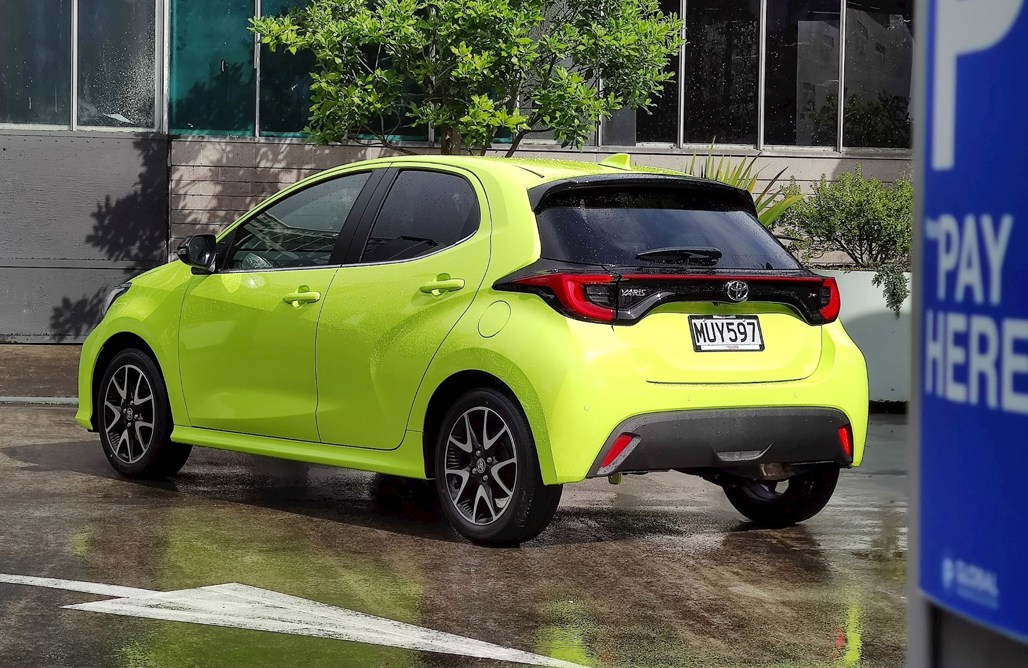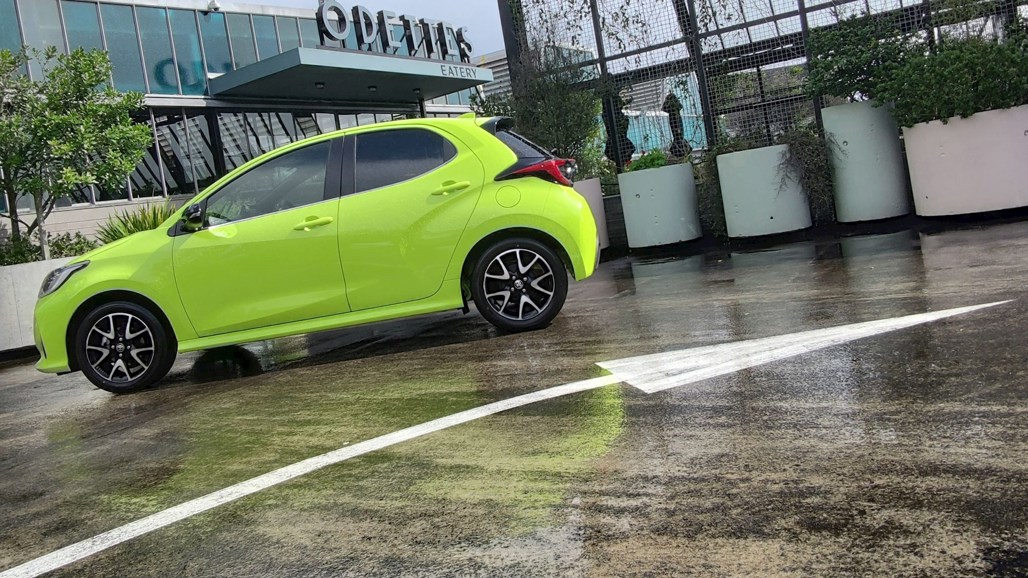Who remembers when Toyota turned the small-car world upside down?
It’s hard to imagine now, but back at the turn of the century superminis were a tedious bunch: little boxes, little boxes and they all seemed just the same.
In 2000 Toyota New Zealand launched a hatchback called the Echo. It was unique in being a stylish, fun-to-drive and truly desirable supermini.
To view all Toyota Echo models currently listed on DRIVEN, click here
It also came with the obligatory clever-clogs TV ad that TNZ used to do in those days (see above), where the “Pied Piper” Echo led all the boring cars out of their parking spaces and off a big cliff.
You could dress the Echo up just as you wanted, with a plethora of contrast-colour spoilers, skirts and interior trim bits and bobs.
In 2005 TNZ changed the name to Yaris (as it had been in other markets right from the start). After that… it didn’t really change enough to keep pace with the market for interesting superminis it had helped inspire.
The second and third generation models were pretty much the same thing underneath and over time the Yaris slipped from state-of-the-art to something closer to a cheap fleet/rental car.
But now Toyota’s supermini is back in fourth generation guise as an all-new model: standout styling, a brand new platform and thoroughly modern powertrains.
The hybrid is the one everybody’s talking about. But we thought we’d start at the start with the conventional petrol version, albeit featured here in top ZR specification and finished in highlighter green/yellow (we could argue about which it is all day, but Toyota calls it Lime).
Under the bonnet is a new 1.5-litre three-cylinder engine with 88kW. Never mind the numbers: feel the fizz of that triple-cylinder powerplant, which also sounds brilliant. The energetic engine even makes sense of the Continuously Variable Transmission (CVT), because it just thrums happily away at whatever speed is necessary.
In “PWR” mode (ha ha, but that’s what it’s called) the CVT steps down at high revs before rising again, and will even do the odd “downchange” under braking to moderate speed and balance the car. Click the paddles and you have a 10-step mode.
There’s a big-car feel to the way the Yaris tackles open-road corners. There’s weight to the steering (not a lot of feel though) and the chassis is solid. You can carry a lot of speed through turns. The downside in the ZR is a firmish ride – at least firmer than you might expect from a city hatch on 16-inch wheels.
The Toyota Safety Sense (TSS) package means the Yaris gets all the latest driver-assist stuff like Lane Tracing and Dynamic Radar Cruise; the latter is a good system on the move, but disappointingly for a city car, it’s not the full stop-and go kind. Instead, it simply beeps and quits as you’re rolling towards the car in front.
Yaris is fun to drive, but more importantly it’s fun to be in. The cabin architecture looks fresh and while the GX errs on the cheap and cheerful side, the ZR gets softer dashboard finish and a more sporting/supportive shape of front seats. You also feel like you’re sitting in this Yaris – not on it like the previous model.
The ZR also has a fully digital dashboard separated into three sections by a couple of chunky “hooded” rings that look like they’ve come straight from a Fisher Price Alfa Romeo. It’s also the first Toyota to be launched from new with full phone-projection capability (although that’s being rolled out to existing models as well).
The boot is an acceptable 270l (a Suzuki Swift offers 264l by comparison), but it’s pretty shallow and therefore not terribly useful for anything more than the weekly groceries. Seems to be a thing with Toyota these days – the Corolla is also pretty cargo-challenged.
The Yaris is fully stuffed with airbags (it’s even the first Toyota to have “centre aisle” ’bags to social-distance the front occupants in a side impact) and the ZR also gets Blind Spot Monitor, Parking Support Brake, Intelligent Clearance Sonar and Rear Cross Traffic Auto Brake.
All high-tech stuff for a city car; although I found the auto-braking hyperactive in my garage, unexpectedly slamming on the anchors as I approached a harmless orange cone by the back wall. The unstoppable hi-vis object meets the immoveable hi-vis object?
So there are some lows, but the highs are really high. This is an appealing little car and the Yaris is certainly back at the top of its game. Mind you, it’s taken 15 years.
To view all Toyota Yaris models currently listed on DRIVEN, click here
2020 TOYOTA YARIS ZR
ENGINE: 1.5-litre three-cylinder petrol
POWER: 88kW/145Nm, 0-100km/h 10.8 seconds
GEARBOX: Continuously variable automatic, FWD
ECONOMY: 4.9l/100km
PRICE: $29,990
PROS: Solid big-car feel, fizzy three-cylinder engine, absolutely loaded with safety equipment.
CONS: No stop-and-go for adaptive cruise, a bit cargo-challenged, petrol overshadowed by hybrid.










